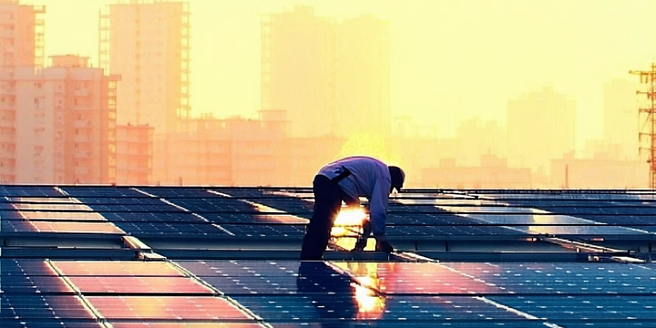Energy Assistance For Low-income Families

Understanding Energy Assistance Programs
Energy assistance programs are designed to support low-income families in meeting their energy needs. These programs aim to alleviate the financial burden of high energy costs by offering subsidies or support to qualifying individuals. Often funded by state and federal resources, these programs help families maintain their utility services, ensuring that heating or cooling needs are met throughout the year. Participants commonly receive aid through direct bill payments or energy saving services, enabling them to focus their limited resources on other essential needs. Understanding the workings of these programs is crucial as it helps eligible families navigate available resources better.
Eligibility Criteria for Low-Income Support
Determining eligibility for low-income energy assistance typically involves evaluating household income, size, and energy costs. Participants are usually required to fall below a certain income threshold, which can vary depending on the state or specific program. Additionally, some programs prioritize households with vulnerable members, such as the elderly, disabled, or young children. It’s important to check the specific criteria for each program, as they can differ significantly. Providing documentation proof for income and household size is often a requirement during the application process. By understanding these criteria, applicants can better prepare needed materials to successfully apply for assistance.
Types of Energy Assistance Available
There are multiple types of energy assistance available, including the Low Income Home Energy Assistance Program (LIHEAP), weatherization aid, and utility-specific programs. LIHEAP offers financial help to cover heating and cooling costs, while weatherization programs improve home energy efficiency through insulation and improved heating systems. Additionally, community organizations often collaborate with local governments to inform and assist residents about available resources. Utility companies may also offer discounts, budget billing, or payment plans to assist low-income customers with their energy bills. These diverse options ensure that families can find the right type of support to suit their unique circumstances, providing relief from high energy expenses.
How to Apply for Energy Assistance
Applying for energy assistance can vary based on the program but typically involves submitting an application and required documents such as proof of income, utility bills, and identification. Some programs may also require a detailed explanation of your current financial situation. State agencies or local organizations often facilitate the application process, either through online platforms or in-person appointments. It is essential for applicants to submit all necessary documentation accurately and promptly to ensure timely processing. Many programs have specific application window periods, so being mindful of the deadlines can increase the likelihood of receiving assistance.
State and Federal Resources
State and federal resources for energy assistance include programs like LIHEAP and the Weatherization Assistance Program (WAP), which are often administered at the local level by social services agencies or community organizations. These programs are designed to provide comprehensive aid, ranging from financial assistance to energy-efficiency improvements. One of their primary goals is to reduce the financial burden of energy costs on vulnerable communities. Federal funding serves as the backbone for many state-run initiatives, supplementing local efforts to ensure broad-based support. By collaborating with local governments and non-profits, these resources strive to address diverse energy challenges faced by low-income households across the nation.
Tips for Reducing Energy Costs at Home
Reducing energy costs at home can complement available financial assistance programs. Simple practices such as sealing windows or doors, using energy-efficient appliances, and installing programmable thermostats contribute to lowered utility bills. Regular maintenance of heating and cooling systems also enhances energy efficiency. Many people are surprised to see how small changes can lead to noticeable savings. Adjusting daily habits, like turning off lights when not in use and using natural light, further optimizes energy consumption. By implementing these cost-saving measures, households can significantly reduce their energy expenses, making the most out of their assistance programs.